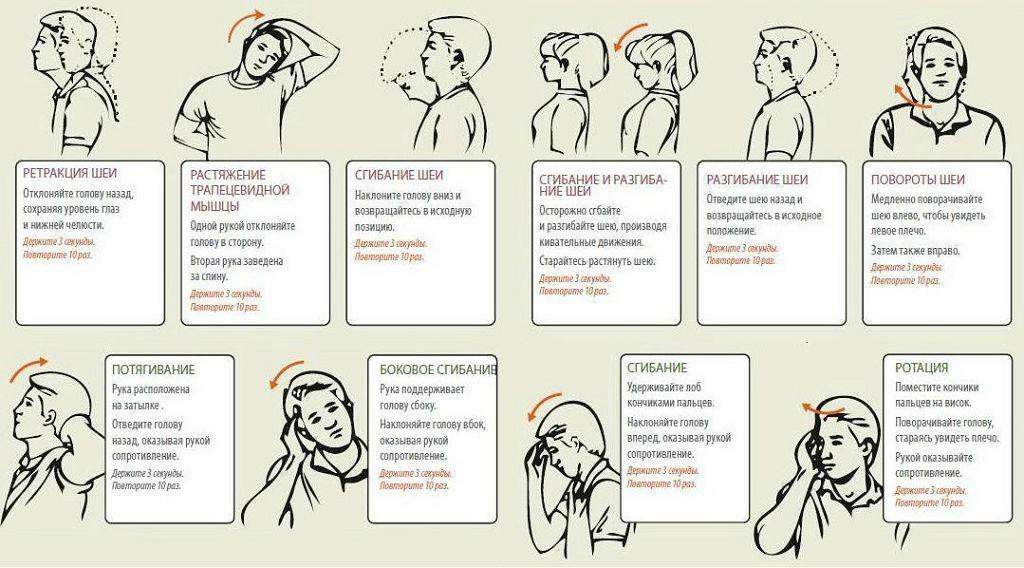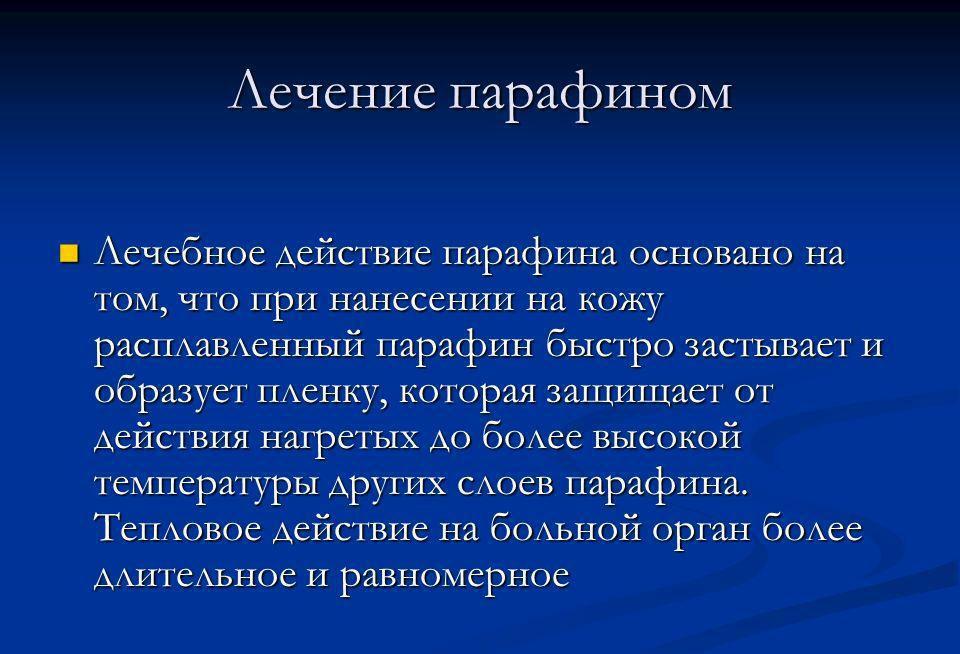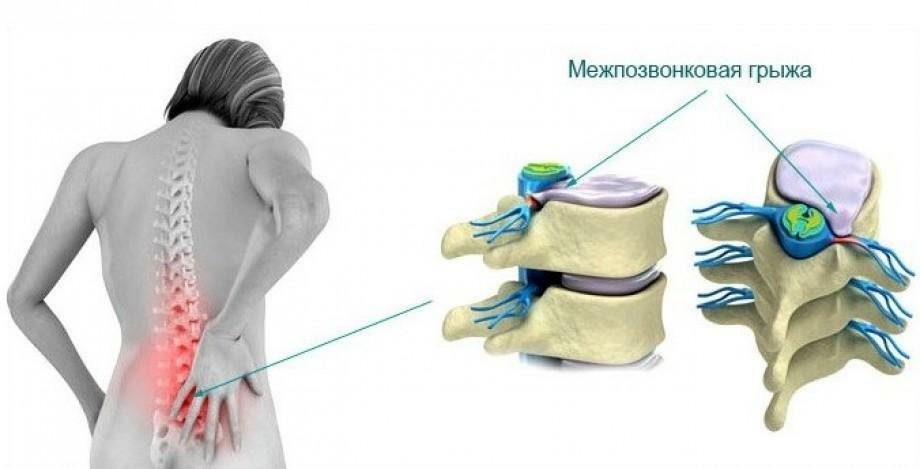The cervical region is characterized by a weak muscular corset that, in tandem with permanent physical loads( the head needs to be supported, rotated and tilted) and explains it - the department - susceptibility to changes of a dystrophic nature known as osteochondrosis. Pathological changes in most cases affect first the bones with ligaments. The patient usually learns about his illness only when complications appear - pain, muscle atrophy, problems with sensitivity and functionality of internal organs.
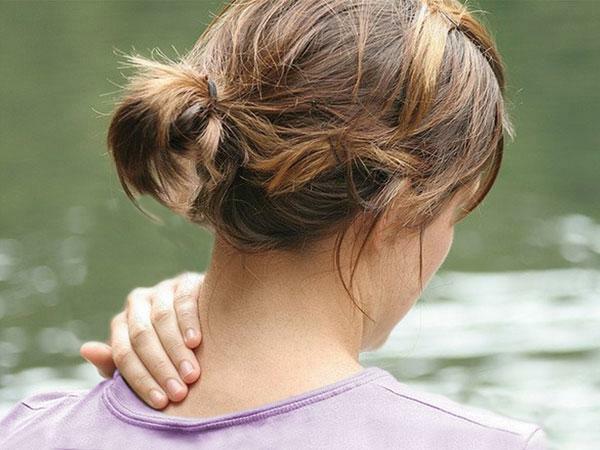
Symptoms of osteochondrosis of the cervical spine
To date, people older than thirty years suffer from the disease, although the first signs of osteochondrosis of the cervical spine often occur during adolescence.
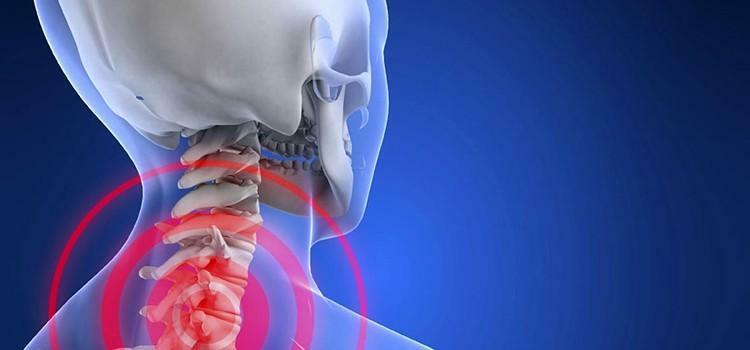
Cervical osteochondrosis
Content of the material
- 1 Stages of the disease and their manifestations
- 2 Why osteochondrosis occurs
- 3 Clinical manifestations
- 3.1 Video - Cervical osteochondrosis
- 4 Symptoms of the disease
- 4.1 Option number 1.Radicular syndromes
- 4.2 Option number 2.Cardiac syndrome
- 4.3 Option number 3.Irritative reflex syndromes
- 4.4 Option number 4.Syndrome of the vertebral artery
- 5 Salt deposition and cervical osteochondrosis
- 6 Common complaints for cervical osteochondrosis
Stages of the disease and their manifestations
The course of this ailment is divided into four main stages. We will get acquainted with them.
Table. Stages of cervical osteochondrosis
| Stage | Manifestation of |
|---|---|
| 1st stage of | The main symptom is instability, which is manifested in as yet minor violations of disks. |
| 2nd stage | The next stage comes in the protrusion of disks. The intervertebral distance decreases, the destruction of the fibrous ring begins, often it is accompanied by a pain syndrome caused by squeezing nerves. |
| 3rd stage | Here, the fibrous ring is completely destroyed, which causes intervertebral hernias. Another symptom of the disease is a significant vertebral deformity. |
| 4th stage | The most difficult stage of osteochondrosis. At the slightest movement, sharp pains appear in the cervical region. Sometimes the patient's condition improves, the pain subsides, but should not be rejoice - such relief indicates the appearance of bone growths that will later connect the vertebrae and restrict movement. In other words, it will lead to disability. |

Stages of osteochondrosis
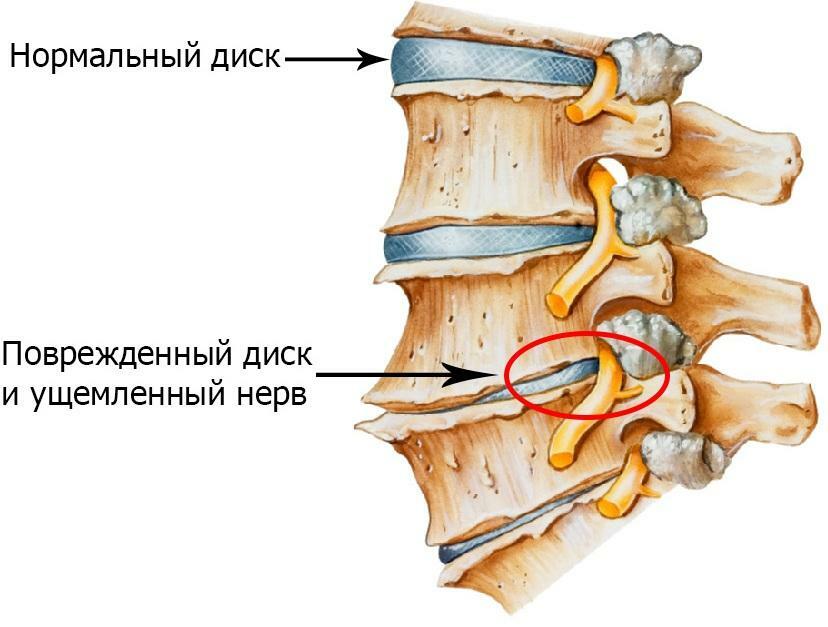
Osteochondrosis of the cervical part
As you can see, the consequences of the described disease can be the heaviest. But with timely detection of the disease, it can be prevented. And in order to identify osteochondrosis, it is necessary to know how it "looks", that is, what its manifestations are.
Why there is an osteochondrosis

Causes of the disease
There are a lot of reasons, but the most common of them are:
- infections;
- violation of posture;
- supercooling;
- excess weight;
- low-activity lifestyle;
- spinal deformity;
- drastic reduction / termination of sports( if it concerns athletes);
- back injury;
- stress;
- metabolic disorders;
- insufficient preparation;
- considerable physical exertion.

The causes of osteochondrosis are different
Let's look at the manifestations of the disease.
Clinical manifestations of

Scheme of osteochondrosis
Blood vessels are in the cervical region in large quantities, they provide the brain with nutrients. Consequently, most of the symptoms appear in one way or another due to insufficient blood supply to the head, as well as to obvious disabilities in the brain.
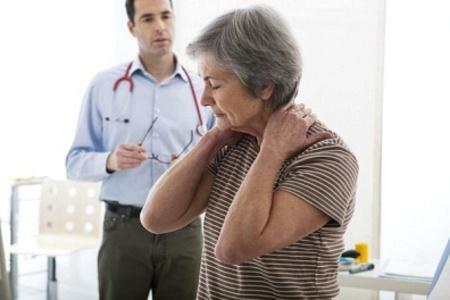
Manifestations of osteochondrosis
The most notable symptoms are:
- periodic headaches;
- snoring( it is already considered a manifestation of chronic muscle tension);
- hearing problems( sometimes ringing in the ears in the ears);
- dizziness, sometimes even loss of consciousness;
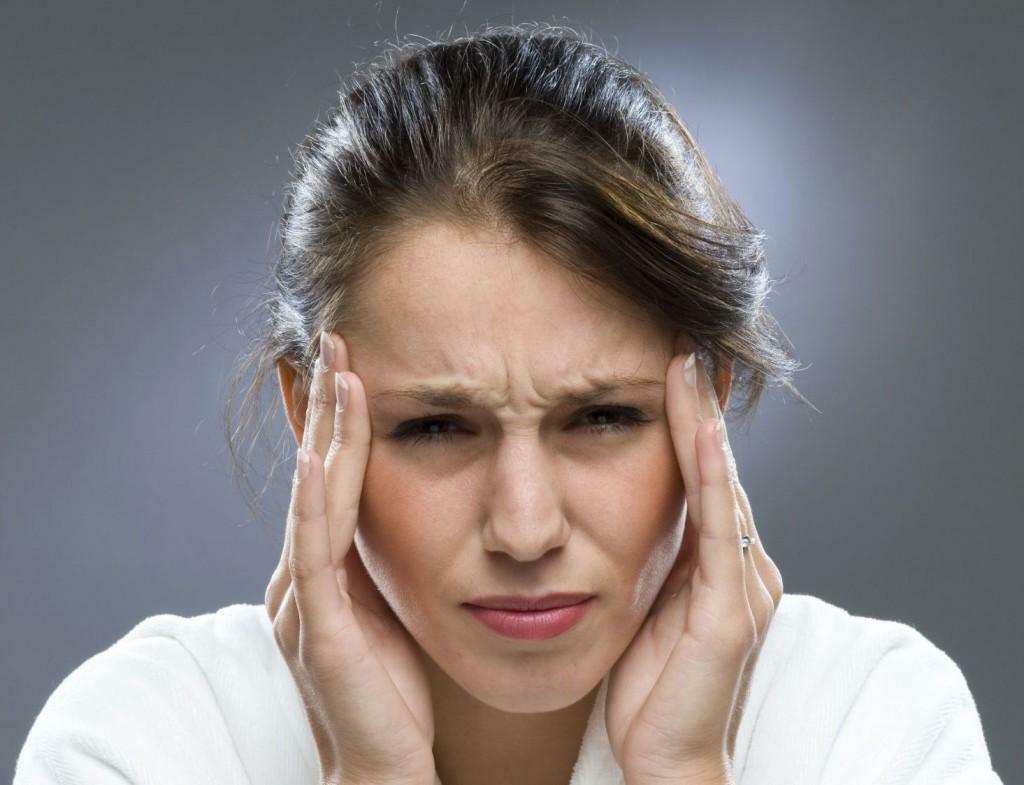
Headaches and dizziness are not uncommon
- voice distortion( voice becomes too weak, hoarseness appears, etc.);
- coordination violations relating mainly to gait;
- problems with teeth;
- vision impairment.
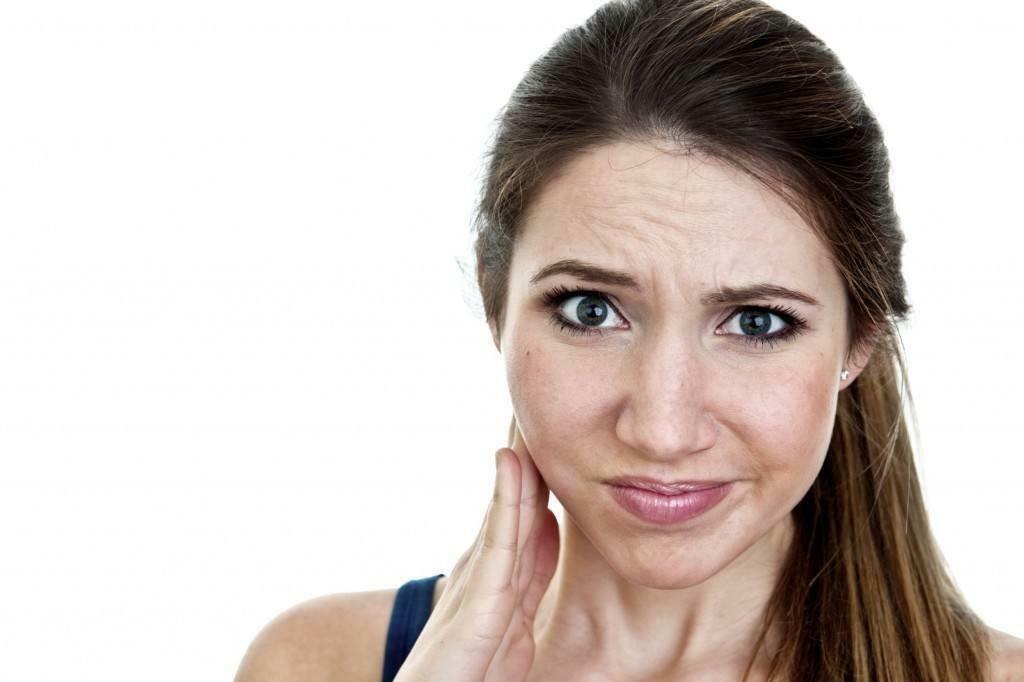
Visual impairment and dental problems as consequences of osteochondrosis
In addition, when squeezing nerve endings, a person may feel numbness of the fingers, weakness and tingling in the upper limbs.

May show weakness and numbness of the extremities
Important Information! Pinched roots can lead to pain in the neck, throat, skin of the head or teeth. Therefore, it is quite possible, for example, this situation: a person removes the tooth, while in fact it should be treated with a neck.
Sometimes this pain is given to the shoulder or even arm. Then it( pain) is periodically weakened / strengthened if the position of the head changes. Often, severe pain is accompanied by nausea and dizziness.
Video - Cervical osteochondrosis
Signs of the disease
Photo of the osteochondrosis of the cervical part of the
We found out how the described disease behaves. As for the symptoms, they are slightly different from the manifestations, because, as you most likely know, any of the described signs can be fully explained by something else. For example, migraines can be caused by stress, hearing problems - headphones, computer vision, etc.
It should be noted that the symptoms of osteochondrosis can depend on what was affected by the disease. There are five possible options, each of them has its own symptoms. We will get acquainted with them.
Option number 1.Radicular syndromes

Location of spinal roots
This pathology is called cervical radiculitis, and it appears as a result of pinching of nerve endings in the neck( in other words, during correlations of roots).It is quite obvious that the symptoms are connected here with the pinching of these roots. Pain can be observed both in the neck itself, and below - at the scapula. In addition, they can extend to the shoulder, the outer part of the forearm and even the fingers. Often manifested pastoznost, a sense of "goose bumps", light tingling in the hand.
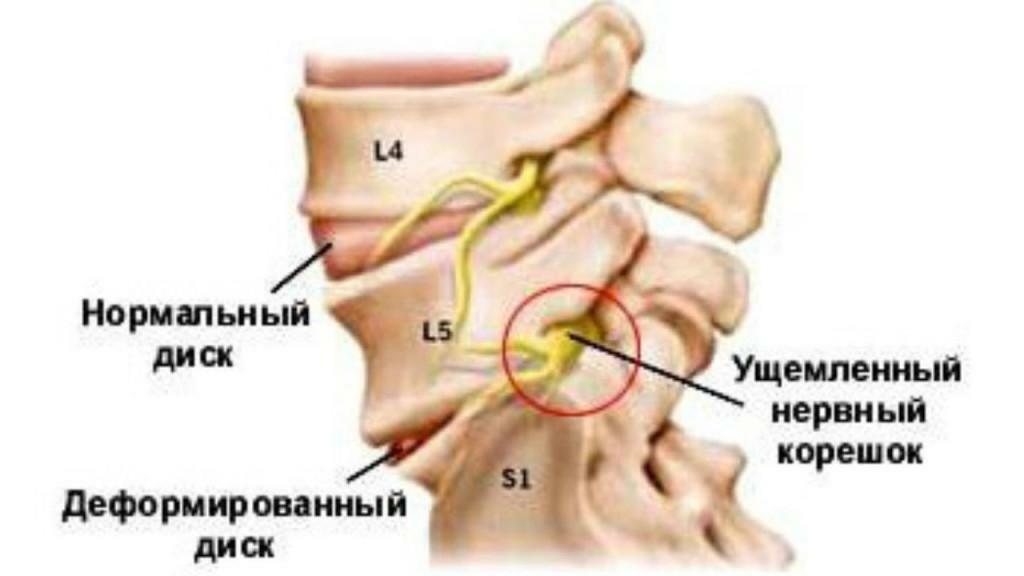
Radicular syndrome in cervical osteochondrosis
Specific symptoms also depend on the element affected by the disease. If the roots of the humeral nerve are damaged, say, the finger ring and the pinky are pasty. If it is a central nerve, the other three fingers of the person will be pasty. What is characteristic, the remaining signs of the disease remain identical.
Option number 2.Cardiac syndrome
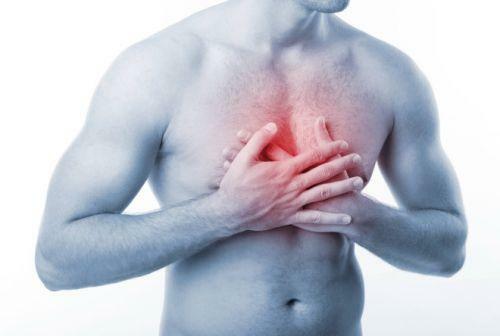
Cardiac( pseudo-anginal) syndrome
Symptoms of this syndrome are often the same as angina pectoris. Consequently, there is a risk that, instead of treating osteochondrosis, doctors can treat( even if it is useless) angina pectoris.
Important Information! Muscular contractions and spasms in the region of the heart can be caused by pinched roots in the lower part of the department, which is why this reflex response appears.
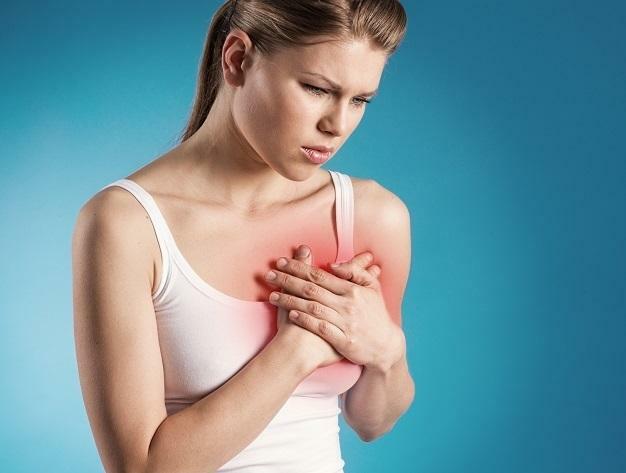
Chest pain is similar to angina
In principle, the syndrome also appears due to irritation of the roots of the pectoral muscles or, as an option, the diaphragmatic nerve, because its fibers lead to the pericardium. Pains here often resemble seizures and last long enough, even for several hours. If sudden movements are made( for example, coughing, sneezing or fast head turns), then the pain intensifies.
In addition, there may be tachycardia and extrasystole, but corona-expanding medications are unable to eliminate pain, and ECG, conducted during one of such "attacks", will not show any violations in the blood supply.
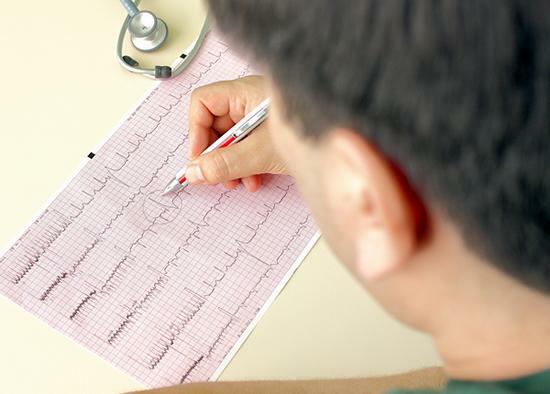
On the electrocardiogram there will be no deviations
Variant №3.Irritative-reflex syndromes
They are manifested, first of all, in severe pain( similar to burning) in the neck and occiput, resulting from a long-term static state( for example, during sneezing or in the morning after sleep).What is characteristic, pain can extend to the shoulder or chest.
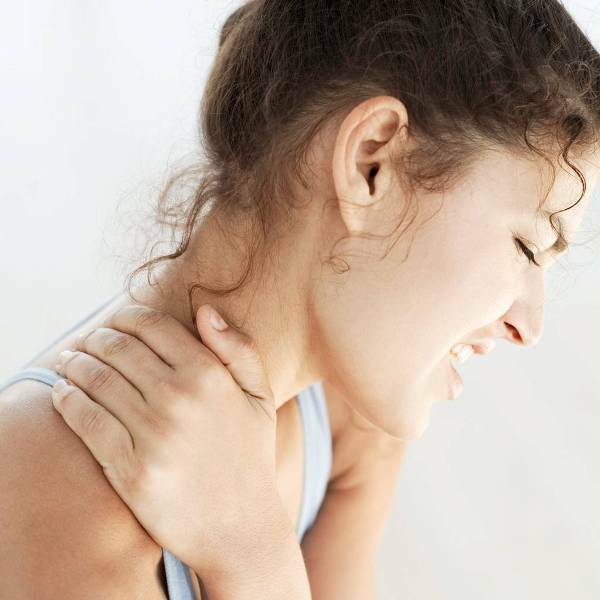
Irritative-reflex syndromes and their manifestations in the form of pains
Variant №4.Syndrome of the vertebral artery
As for the symptoms of this syndrome, the main one is a pulsating and acute headache, which covers almost the entire head. As a rule, the pain is constant, but sometimes it can appear like seizures. Serious gains may occur during movement or after prolonged exposure in an uncomfortable position.

Syndrome of the vertebral artery
If general weakness is observed, then a person may lose consciousness or may become sick. In addition, hearing impairment, noise, and problems with the vestibular apparatus may occur. Another syndrome can affect the eyesight( it can get worse, eyes can hurt, etc.).
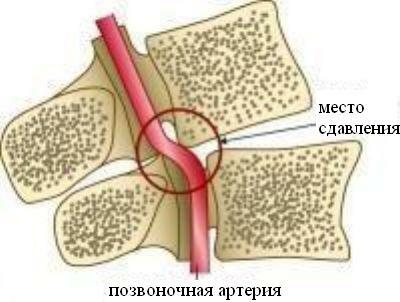
Syndrome of the vertebral artery is a collective concept and concerns all manifestations from the side of the brain, the autonomic nervous system and vessels that are caused by the impact of damaging factors on the sympathetic nerve plexus, as well as deformation of the artery or change in its lumen.
Salt deposition and cervical osteochondrosis
Hook-shaped bone growths(in other words, osteophytes) are formed to reduce the burden on the intervertebral discs. But the mobility of vertebral joints with this phenomenon is disrupted. Many are sure that osteochondrosis arises from the deposition of salts, but this opinion is erroneous. Therefore, it is not necessary to be treated for pathology by means of salt-free diets, since this does not make sense.
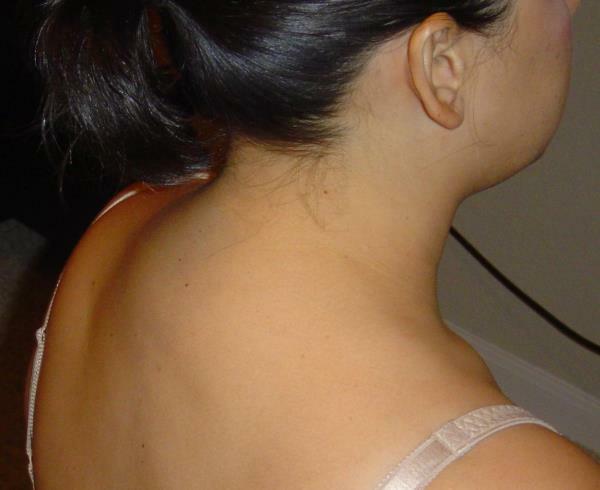
Salt deposits on the neck
Common complaints for cervical osteochondrosis
Often, in the described disease, people complain about:
- discomfort in the neck( dull, aching pains or - with lumbago - acute and intolerable);

Pain in the neck
- dizziness, migraine, less often - visual fatigue;
- increased fatigue, not only with physical exertion, but also with mental stress;
- painful sensations that spread to other parts of the body;
- violation of limb sensitivity.

Osteochondrosis and common complaints
As a result, we note that if one of the symptoms indicated in the article arises, it is necessary to urgently consult a doctor, because the timely detection of the osteochondrosis of the cervical vertebra is the first step on the way to recovery.
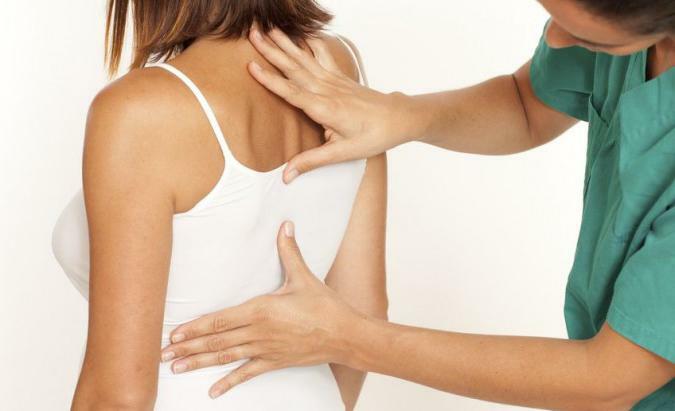
Presence of signs of an osteochondrosis - an occasion to address to the doctor
Be healthy!

